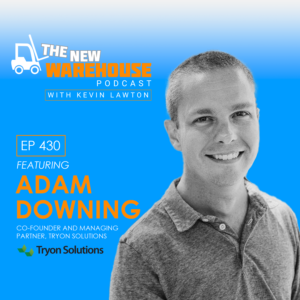
Episode 430: The Evolution of WMS Implementation with Tryon Solutions
In the latest episode of The New Warehouse Podcast, special guest Adam Downing, President of Tryon Solutions, dives into the

In the latest episode of The New Warehouse Podcast, special guest Adam Downing, President of Tryon Solutions, dives into the
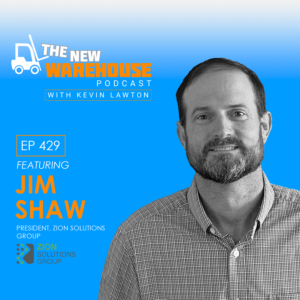
In the latest episode of The New Warehouse Podcast, Jim Shaw, President and Co-Founder of Zion Solutions Group, joins the
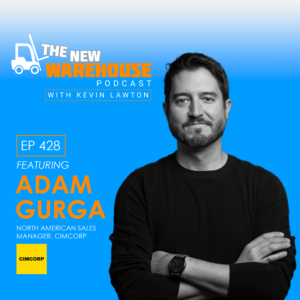
Welcome to The New Warehouse Podcast, where our guest is Adam Gurga, the National Manager for Grocery and Retail Partnerships
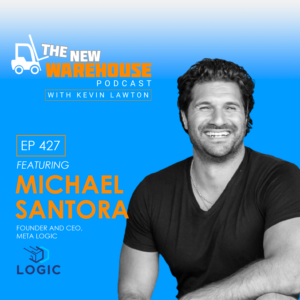
Welcome to a brand-new episode of The New Warehouse Podcast as we welcome Michael Santora, CEO of Meta Logic. Meta
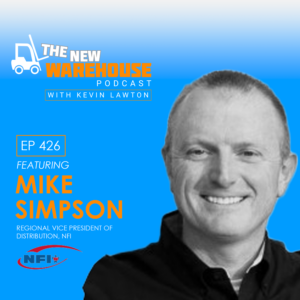
Welcome back to The New Warehouse Podcast, where today we are joined by Mike Simpson, the VP of e-commerce at
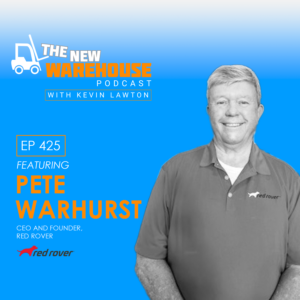
We’re delighted to host Pete Warhurst, the CEO of Red Rover and PODS founder, on today’s episode of The New
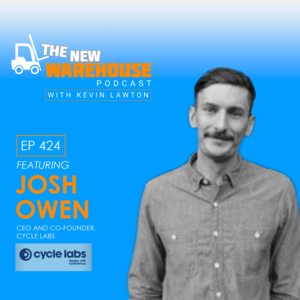
In this episode of The New Warehouse Podcast, we had the pleasure of speaking with Josh Owen, the Co-Founder and

We are thrilled to welcome Mark Wheeler, the Director of Supply Chain Solutions at Zebra Technologies, to today’s episode of
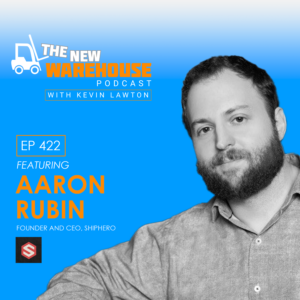
In a recent episode of The New Warehouse podcast, we had the opportunity to sit down with Aaron Rubin, the
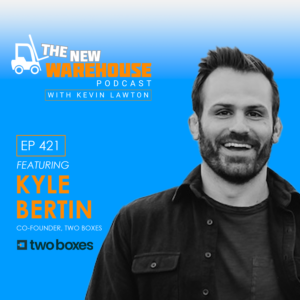
In our latest episode of The New Warehouse Podcast, we are excited to have Kyle Bertin, Co-Founder of Two Boxes,
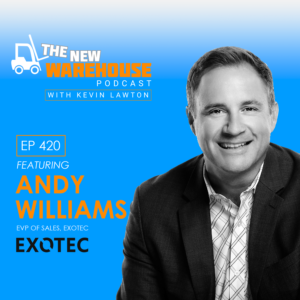
Today, on The New Warehouse Podcast, we welcome Andy Williams, Executive Vice President of Sales North America of Exotec, to
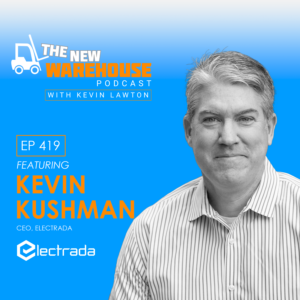
The New Warehouse Podcast is excited to bring insights from Kevin Kushman, CEO at Electrada. Kevin is a leading authority

In today’s episode of the New Warehouse podcast, we have the privilege of Laura Ritchey, the Executive Vice President and
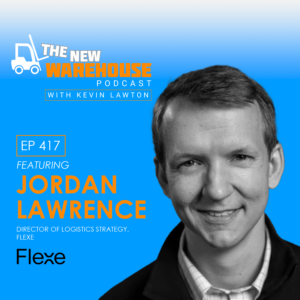
In a recent episode of the New Warehouse podcast, Kevin welcomed Jennifer Dasher, VP of Logistics, and Jordan Lawrence, Director
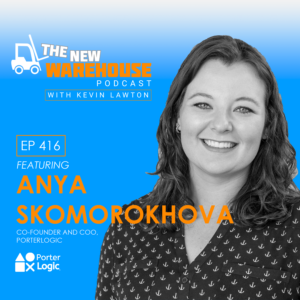
On this episode of The New Warehouse, Anya Skomorokhova, Co-Founder and Chief Operating Officer of Porter Logic joins the show
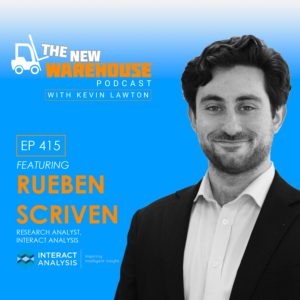
For this episode of The New Warehouse, we have the pleasure of hosting Rueben Scriven, Research Manager at Interact Analysis,
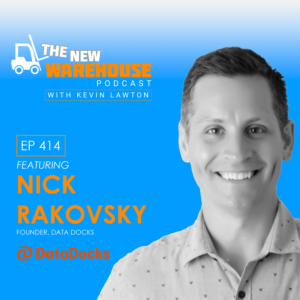
In this episode of the New Warehouse podcast, we sit down with Nick Rakovsky, the founder of Data Docks, a
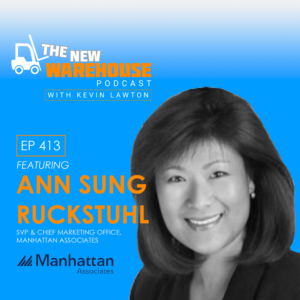
In this episode of The New Warehouse Podcast, Ann Sung Ruckstuhl, Senior Vice President and Chief Marketing Officer of Manhattan
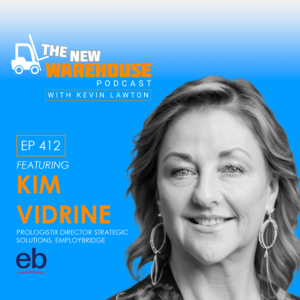
What is going on with the labor market in the warehousing industry? We delve into these pressing questions with our

In this exciting episode of The New Warehouse podcast, we sit down with Andrei Danescu, the visionary co-founder and CEO